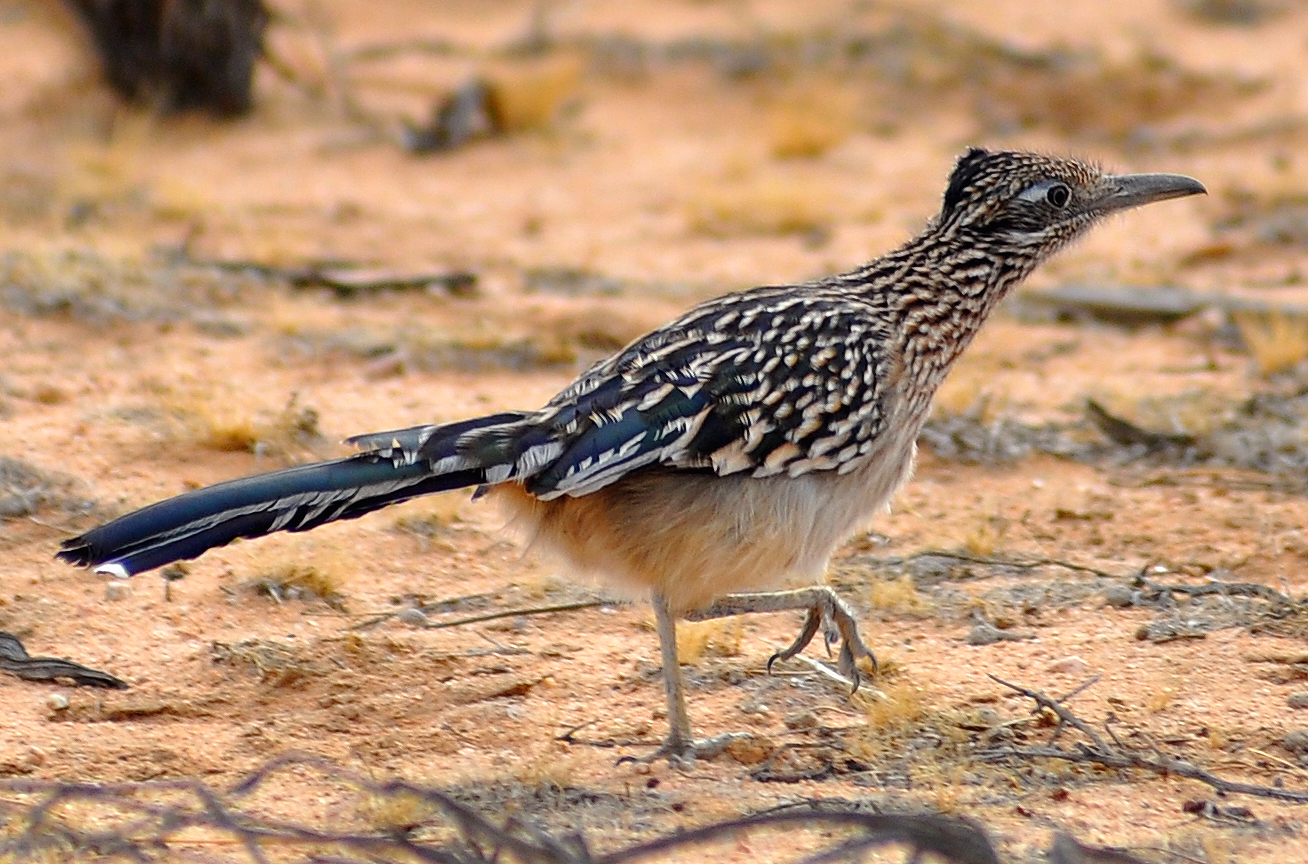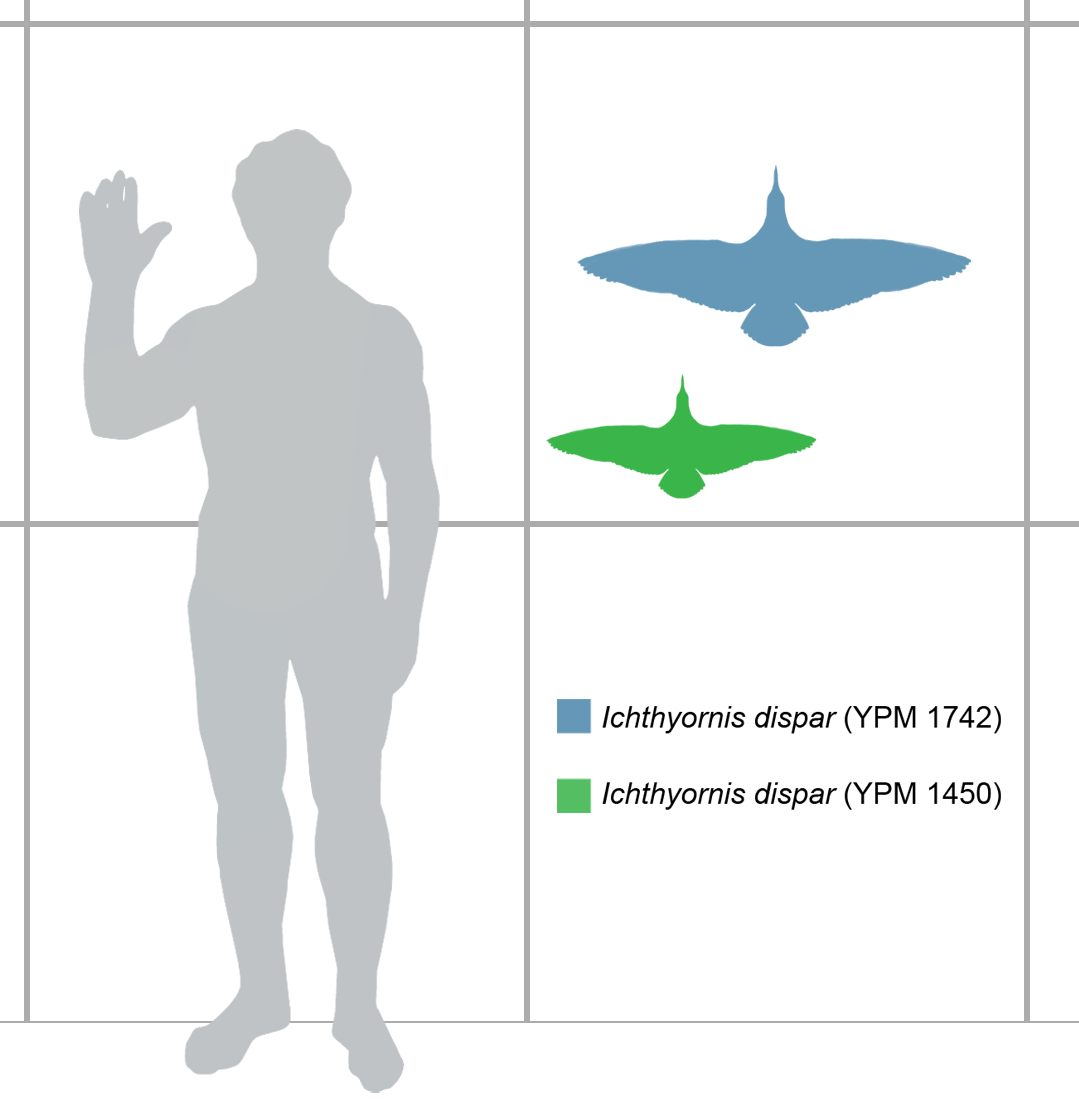|
Hollanda
''Hollanda'' is a genus of small ground birds known from fossils found in the Barun Goyot Formation of Mongolia. Found at Khermeen Tsav, it dates from the late Cretaceous period ( Campanian stage), about 75 million years ago. Known only from partial hind limbs, ''Hollanda'' has long legs with an unusual configuration of the toes. These indicate that it was a fast-running ground bird, possibly similar to the modern Roadrunner.Bell, A.K., Chiappe, L.M., Erickson, G.M., Suzuki, S., Watabe, M., Barsbold, R. and Tsogtbaatar, K. (2010). "Description and ecologic analysis of ''Hollanda luceria'', a Late Cretaceous bird from the Gobi Desert (Mongolia)." ''Cretaceous Research'', 31(1): 16-26. Its relationships are uncertain. Some studies have found that it was an relatively advanced bird, a member of the Ornithurae, related to birds like '' Ichthyornis''. Other studies have recovered it as a member of the primitive family Songlingornithidae. A more expansive study found it as an enantio ... [...More Info...] [...Related Items...] OR: [Wikipedia] [Google] [Baidu] |
Barun Goyot Formation
The Barun Goyot Formation (also known as Baruungoyot Formation or West Goyot Formation) is a geological formation dating to the Late Cretaceous Period. It is located within and is widely represented in the Gobi Desert Basin, in the Ömnögovi Province of Mongolia. Description It was previously known as the Lower Nemegt Beds occurring beneath the Nemegt Formation and above the Djadokhta Formation. It has been suggested that the Djadokhta and Barun Goyot Formations are lower and upper parts, respectively, of the same lithological unit and the boundary between the two does not exist. The stratotype of the Barun Goyot Formation is the Khulsan locality, east of Nemegt. At Nemegt, only the uppermost barungoyotian beds are visible. The ''Red Beds of Khermeen Tsav'' are also considered part of the Barun Goyot Formation. It is approximately in thickness,Gradzinski, R.; & Jerzykiewicz, T. (1974). Sedimentation of the Barun Goyot formation. Palaeontologica Polonica, 30, 111-146. and was l ... [...More Info...] [...Related Items...] OR: [Wikipedia] [Google] [Baidu] |
Enantiornithean
The Enantiornithes, also known as enantiornithines or enantiornitheans in literature, are a group of extinct avialans ("birds" in the broad sense), the most abundant and diverse group known from the Mesozoic era. Almost all retained teeth and clawed fingers on each wing, but otherwise looked much like modern birds externally. Over eighty species of Enantiornithes have been named, but some names represent only single bones, so it is likely that not all are valid. The Enantiornithes became extinct at the Cretaceous–Paleogene boundary, along with Hesperornithes and all other non-avian dinosaurs. Discovery and naming The first Enantiornithes to be discovered were incorrectly referred to modern bird groups. For example, the first known species of Enantiornithes, '' Gobipteryx minuta'', was originally considered a paleognath related to ostriches and tinamou. The Enantiornithes were first recognized as a distinct lineage, or "subclass" of birds, by Cyril A. Walker in 1981. Walker mad ... [...More Info...] [...Related Items...] OR: [Wikipedia] [Google] [Baidu] |
Songlingornithidae
Songlingornithidae is a family of basal euornitheans from the Early Cretaceous of China. All known specimens come from the Jiufotang Formation and the Yixian Formation, dating to the early Barremian and Aptian ages, 125–120 million years ago. The family Songlingornithidae was first named by Hou in 1997 to contain the type genus, ''Songlingornis''.Hou, (1997). ''Mesozoic Birds of China''. Taiwan Provincial Feng Huang Ku Bird Park. Taiwan: Nan Tou. 228 pp. Clarke et al. (2006) was the first to find a close relationship between ''Songlingornis'' and the "yanornithids".Clarke, Zhou and Zhang, (2006). "Insight into the evolution of avian flight from a new clade of Early Cretaceous ornithurines from China and the morphology of ''Yixianornis grabaui''." ''Journal of Anatomy'', 208: 287-308. The name was originally coined to reflect a close relationship between the two supposedly similar (but poorly preserved) genera ''Songlingornis'' and ''Chaoyangia''. However, subsequent studies ... [...More Info...] [...Related Items...] OR: [Wikipedia] [Google] [Baidu] |
Late Cretaceous
The Late Cretaceous (100.5–66 Ma) is the younger of two epochs into which the Cretaceous Period is divided in the geologic time scale. Rock strata from this epoch form the Upper Cretaceous Series. The Cretaceous is named after ''creta'', the Latin word for the white limestone known as chalk. The chalk of northern France and the white cliffs of south-eastern England date from the Cretaceous Period. Climate During the Late Cretaceous, the climate was warmer than present, although throughout the period a cooling trend is evident. The tropics became restricted to equatorial regions and northern latitudes experienced markedly more seasonal climatic conditions. Geography Due to plate tectonics, the Americas were gradually moving westward, causing the Atlantic Ocean to expand. The Western Interior Seaway divided North America into eastern and western halves; Appalachia and Laramidia. India maintained a northward course towards Asia. In the Southern Hemisphere, Australia and Ant ... [...More Info...] [...Related Items...] OR: [Wikipedia] [Google] [Baidu] |
Genus
Genus ( plural genera ) is a taxonomic rank used in the biological classification of extant taxon, living and fossil organisms as well as Virus classification#ICTV classification, viruses. In the hierarchy of biological classification, genus comes above species and below family (taxonomy), family. In binomial nomenclature, the genus name forms the first part of the binomial species name for each species within the genus. :E.g. ''Panthera leo'' (lion) and ''Panthera onca'' (jaguar) are two species within the genus ''Panthera''. ''Panthera'' is a genus within the family Felidae. The composition of a genus is determined by taxonomy (biology), taxonomists. The standards for genus classification are not strictly codified, so different authorities often produce different classifications for genera. There are some general practices used, however, including the idea that a newly defined genus should fulfill these three criteria to be descriptively useful: # monophyly – all descendants ... [...More Info...] [...Related Items...] OR: [Wikipedia] [Google] [Baidu] |
Mongolia
Mongolia; Mongolian script: , , ; lit. "Mongol Nation" or "State of Mongolia" () is a landlocked country in East Asia, bordered by Russia to the north and China to the south. It covers an area of , with a population of just 3.3 million, making it the world's most sparsely populated sovereign nation. Mongolia is the world's largest landlocked country that does not border a closed sea, and much of its area is covered by grassy steppe, with mountains to the north and west and the Gobi Desert to the south. Ulaanbaatar, the capital and largest city, is home to roughly half of the country's population. The territory of modern-day Mongolia has been ruled by various nomadic empires, including the Xiongnu, the Xianbei, the Rouran, the First Turkic Khaganate, and others. In 1206, Genghis Khan founded the Mongol Empire, which became the largest contiguous land empire in history. His grandson Kublai Khan conquered China proper and established the Yuan dynasty. After the co ... [...More Info...] [...Related Items...] OR: [Wikipedia] [Google] [Baidu] |
Cretaceous
The Cretaceous ( ) is a geological period that lasted from about 145 to 66 million years ago (Mya). It is the third and final period of the Mesozoic Era, as well as the longest. At around 79 million years, it is the longest geological period of the entire Phanerozoic. The name is derived from the Latin ''creta'', "chalk", which is abundant in the latter half of the period. It is usually abbreviated K, for its German translation ''Kreide''. The Cretaceous was a period with a relatively warm climate, resulting in high eustatic sea levels that created numerous shallow inland seas. These oceans and seas were populated with now- extinct marine reptiles, ammonites, and rudists, while dinosaurs continued to dominate on land. The world was ice free, and forests extended to the poles. During this time, new groups of mammals and birds appeared. During the Early Cretaceous, flowering plants appeared and began to rapidly diversify, becoming the dominant group of plants across the Earth b ... [...More Info...] [...Related Items...] OR: [Wikipedia] [Google] [Baidu] |
Campanian
The Campanian is the fifth of six ages of the Late Cretaceous Epoch on the geologic timescale of the International Commission on Stratigraphy (ICS). In chronostratigraphy, it is the fifth of six stages in the Upper Cretaceous Series. Campanian spans the time from 83.6 (± 0.2) to 72.1 (± 0.2) million years ago. It is preceded by the Santonian and it is followed by the Maastrichtian. The Campanian was an age when a worldwide sea level rise covered many coastal areas. The morphology of some of these areas has been preserved: it is an unconformity beneath a cover of marine sedimentary rocks. Etymology The Campanian was introduced in scientific literature by Henri Coquand in 1857. It is named after the French village of Champagne in the department of Charente-Maritime. The original type locality was a series of outcrop near the village of Aubeterre-sur-Dronne in the same region. Definition The base of the Campanian Stage is defined as a place in the stratigraphic column wher ... [...More Info...] [...Related Items...] OR: [Wikipedia] [Google] [Baidu] |
Geococcyx
The roadrunners (genus ''Geococcyx''), also known as chaparral birds or chaparral cocks, are two species of fast-running ground cuckoos with long tails and crests. They are found in the southwestern and south-central United States and Mexico, usually in the desert. Although capable of flight, roadrunners generally run away from predators. On the ground, some have been clocked at while a few have also been clocked up to . Species The subfamily Neomorphinae, the New World ground cuckoos, includes 11 species of birds, while the genus ''Geococcyx'' has just two: Morphology The roadrunner generally ranges in size from from tail to beak. The average weight is about . The roadrunner is a large, slender, black-brown and white-streaked ground bird with a distinctive head crest. It has long legs, strong feet, and an oversized dark bill. The tail is broad with white tips on the three outer tail feathers. The bird has a bare patch of skin behind each eye; this patch is shaded blue ... [...More Info...] [...Related Items...] OR: [Wikipedia] [Google] [Baidu] |
Ornithurae
Ornithurae (meaning "bird tails" in Greek) is a natural group which includes the common ancestor of ''Ichthyornis'', ''Hesperornis'', and all modern birds as well as all other descendants of that common ancestor. Classification Ernst Haeckel coined the name in 1866 and included in the group all "true birds" with the "characteristic tail morphology of all extant birds" (translation by Jacques Gauthier). This distinguishes the group from ''Archaeopteryx'', which Haeckel placed in another new group called Sauriurae. Said simply, modern birds have short, fused pygostyle tails, while ''Archaeopteryx'' retained the long tail characteristic of non-avian theropod dinosaurs.Haeckel, Ernst (1866). ''Generelle Morphologie der Organismen''. Berlin: Georg Reimer. Gauthier converted Ornithurae into a clade, giving it a branch-based definition: "extant birds and all other taxa, such as ''Ichthyornis'' and Hesperornithes, that are closer to extant birds than is ''Archaeopteryx''". Later he and ... [...More Info...] [...Related Items...] OR: [Wikipedia] [Google] [Baidu] |
Ichthyornis
''Ichthyornis'' (meaning "fish bird", after its fish-like vertebrae) is an extinct genus of toothy seabird-like ornithuran from the late Cretaceous period of North America. Its fossil remains are known from the chalks of Alberta, Alabama, Kansas (Greenhorn Limestone), New Mexico, Saskatchewan, and Texas, in strata that were laid down in the Western Interior Seaway during the Turonian through Campanian ages, about 95–83.5 million years ago. ''Ichthyornis'' is a common component of the Niobrara Formation fauna, and numerous specimens have been found. ''Ichthyornis'' has been historically important in shedding light on bird evolution. It was the first known prehistoric bird relative preserved with teeth, and Charles Darwin noted its significance during the early years of the theory of evolution. ''Ichthyornis'' remains important today as it is one of the few Mesozoic era ornithurans known from more than a few specimens ... [...More Info...] [...Related Items...] OR: [Wikipedia] [Google] [Baidu] |






.jpg)
